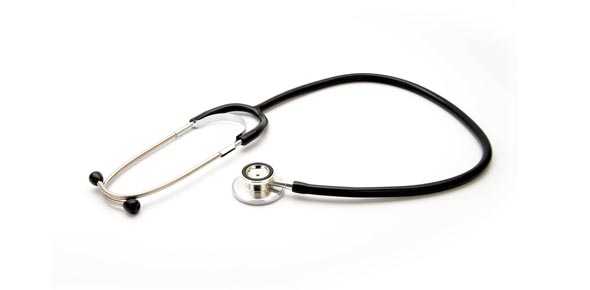Related Flashcards
Cards In This Set
| Front | Back |
|
What offers an adult victim the BEST chance for survival from a cardiac arrest?
|
Immediate "effective" CPR & defibrillation within 3-5 minutes
|
|
Why is early defibrillation important in a cardiac arrest victim?
|
Because most victims of cardiac arrest will not survive without early defibrillation
|
|
How do you know you have delivered the right amount of volume with your rescue breaths?
|
The volume should be enough to cause the chest to rise visibly.
|
|
What is the preferred way to open the airway of a victim with a potential neck injury?
|
Simultaneous jaw thrust, cervical spine immobilization.
(If no trauma or neck injury is suspected, use the preferred head/tilt/chin lift technique)
|
|
Why is it important to give slow rescue breaths?
|
Less air will enter the victim’s stomach, decreasing the possibility of gastric distention during CPR.
|
|
What is the correct hand position for compressions in an infant?
|
Infants: 2 fingers, 1 finger-width below nipple line.
2 fingers above the xiphoid process.
|
|
What is the correct hand position for compressions in an child?
|
Child: the heel of 1 or 2 hands
|
|
What is the correct hand position for compressions in an adult?
|
Adult: the heel of both hands,
2 fingers above the xiphoid process.
|
|
What are the 4 links in the chain of survival?
|
1.Early access to the EMS
2.Early CPR
3.Early Defibrillation
4.Early ACLS (Advanced Cardiac Life Support)
|
|
How do you deliver “effective” chest compressions during CPR?
|
Push Hard and fast, Allow complete chest recoil, Change compressors every 2 minutes, Minimize interruptions to compressions
|
|
What are the presenting signs & symptoms of a stroke?
|
Alteration in consciousness, Intense headache, slurred speech, Facial weakness, weakness or paralysis of one or more limbs
|
|
It is important to allow “complete chest recoil.” What does that mean?
|
After each compression, take your weight off your hands & allow chest to return to the normal position
|
|
How do you check for breathing in an unresponsive victim?
|
Look: to see if the patient’s chest rises & falls
Listen: for air flow from the victim’s mouth
Feel: for air/breath against your Cheek
|
|
What are signs and symptoms of severe airway obstruction?
|
Weak, ineffective cough, High pitched noises when breathing in, Bluish skin
|
|
How do you relieve an airway obstruction in a choking INFANT?
|
Begin cycles of 5 “Back slaps” followed by 5 “Chest thrusts” (remember to only use 2 fingers for chest thrusts).
|





